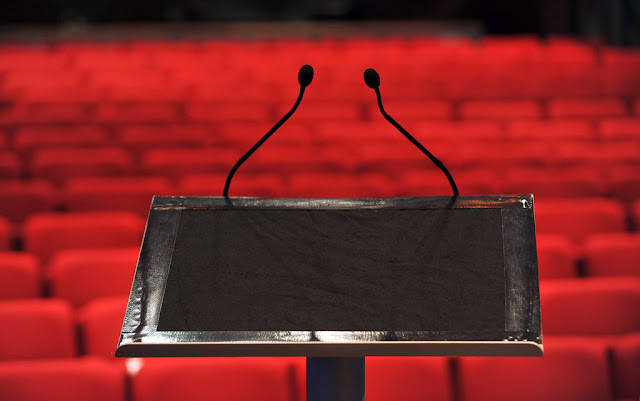LEGO - Why so serious?
It's a bit weird saying LEGO Serious Play, a little oxymoronic no? LEGO by it's very roots is all about not being so serious, so when I was invited to a 'LEGO Serious Play Facilitation Workshop', I had my doubts.
LEGO Serious Play is all about getting individuals to express themselves and their thoughts through their hands using the medium of little LEGO blocks. Building on Piaget and Papert's constructivist approach to learning it's supposed to help eek out our creative and metaphorical sides by getting us to move away from building literal factual 'things' (A desk to represent your desk at work) to building 'things' with meaning (A cloud to represent thinking, thanks +Aaron Burrell ;) ).
Leaning towards being a kinesthetic learner, I was keen to see what LSP could offer.
+Andy Priestner was our facilitator for the day, he wasn't just demonstrating LSP, Andy was there to help guide us on how to facilitate our own events. For this blog post though, I'll stick to lessons learnt and key messages as I'll probably blog about the facilitation of similar events when I get to do them myself :D
After pleasantries, our first port of call was to build a tower. We were given a few minutes to build our towers then suddenly we were instructed to now build a roof garden on our towers, I may be thinking too much at this point but I saw this as a little introduction to forward thinking. I built mine from the ground up with a platform to build off from so I was fine, some people built single brick towers with no room to expand. I future proofed mine ;). We then had to destroy our creations :(
This was indeed a simple build to just get us into the swing of things, and I guess get used to the fact we can't get precious over our creations by ultimately destroying them as quickly as we built them.
The second build was more interesting as it plucked at our cognitive strings. We had to individually pick 15 pieces. Now naturally you would pick out 15 pieces you could see yourself building with, however after we had done this task we were instructed to pass our pieces onto the person to our left. NOW we had to build something that represented a word given to use using those pieces. Mine was 'Future' so I built a drag car to represent technology moving forward at speed, with a cat on the front.
 |
| Meoooww |
Remember, I didn't pick these pieces! But it was a great introduction into this metaphorical space, representation of word, thought or process through the medium of LEGO.
For me this paralleled the shift of teaching from the chunk of text given to a student to read then tested on, regurgitation of knowledge or 'build a tower'. Moving to the more cognitive process of having to think, given little guidance or elements - build something to represent that chunk of text.
There was another similar build which made us use the LEGO to build something to represent us and what our job outlook meant to us. We were then asked to write three key words to describe it, this was very personal and couldn't wait to explain what my awesome model meant. However, we all moved seats :| this meant someone else, with no explanation had to study my model and ultimately me and say what 'they' thought it meant. It was humbling and almost a reality check when someone else is spelling out you and your job in sometimes quite an elegant manner, thanks +Becky Blunk :)
 |
| I'm Batman |
I think the most important build for all of us was the last one which made us individually build something to represent something we feel we do well in teaching and learning at our institution. I built this:
This is supposed to represent ad-hoc group work with the lecturer at the back of the room (Batman) and not at the front with the manta ray just standing in front of the screen with the cliche borathon seating arrangements.
We were then asked to build something to represent the restrictions and barriers that our institution face which make this type of excellence in teaching and learning hard. I built towers to represent power and policy, plus I chucked in an old wagon wheel and a broken droid from attack of the clones to represent old and aging technology.
Now here comes the part which I think will help us with our technology enhanced learning agenda. We then had to move those builds to a larger table where we had to all collaboratively meld all our builds together to better shape how it all fits in the institution. Now our group had members from student support, the library, academic development and e-learning areas.
The end result was quite fascinating, not because we didn't really do any merging of models but how we could now collectively see quite clearly what was important to whom and how all our little cogs fit together to make one larger machine with of course the student at the centre of everything.
Another point to raise was the fact we shifted from putting the 'restrictions' in a big line to represent massive barriers to a realisation that actually we do already to those things in our institution that represent excellence, there were pockets of gold and success stories. The restrictions became more of an annoyance than barriers. +1 for that feel good feeling!
I can see us facilitating our own events to course teams to help 'them' visualise how their teaching could be laid out holistically with other elements of the institution, including any need for TEL.
Our own crew of not so masked caped crusaders taking those restrictions and barriers and screaming "WHERE'S HARVEY DENT?"
 |
It might not look like much but that model right there oozes thought, process, method and a little crazy.
LSP does have the ability to conjure thoughts I didn't think possible using this type of media, however I, and I think others, were proved wrong.
I'm incredibly excited about LSP and what it can offer, maybe not so much 'learning the answers' but to help understand, whatever that may be for the individual who participates.
Whether it ends up being an opportunity for teams/departments to come together and explore what they do or leads to a path of individual self- actualisation, it's all positive in my eyes.
Thanks to both +Becky Blunk and +Andy Priestner for organising :D
I can't wait to get stuck in.




Comments
Post a Comment